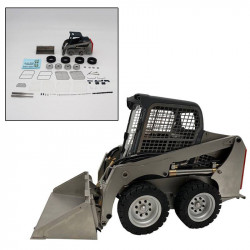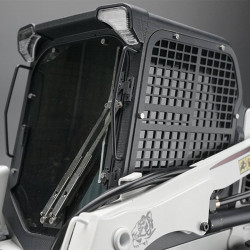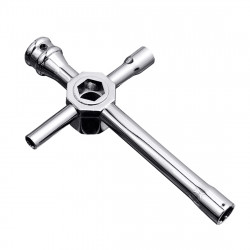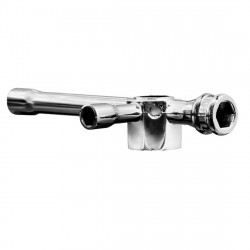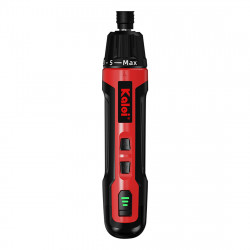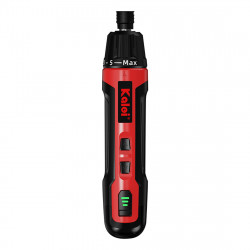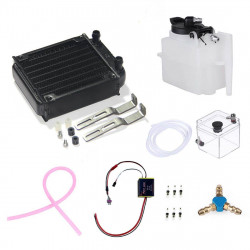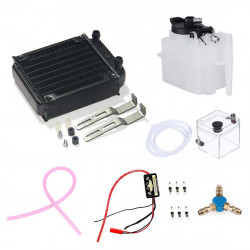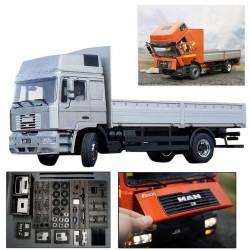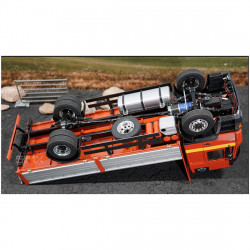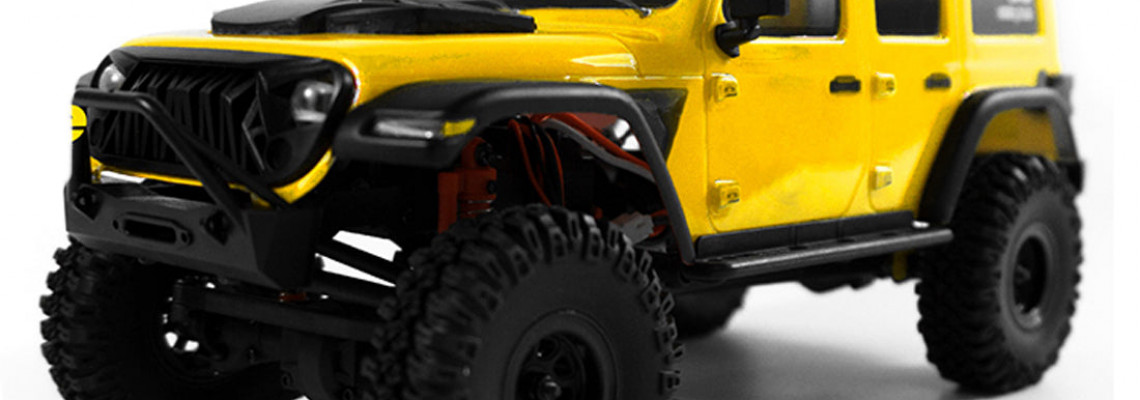
Basics of RC Jumping
Learning how to jump your remote-controlled car off a hill or ramp can be thrilling and enjoyable. Although it might seem simple to make your RC jump, it takes some effort to become a skilled jumper and prevent damage to your car.
Choose The Right Vehicle
For RC jumping, an RC truck or buggy with increased ground clearance and a more robust suspension system is required. It is not appropriate to jump with an on-road RC car.
Since each vehicle has different jump qualities, you will need to become familiar with them.
You need to be cautious as you gradually increase your skill level to reduce the chance of injuring your car, as a poor landing can cause damage.
Build A Stable Ramp
Make sure you construct a sturdy ramp before beginning your jumps. A good size is plywood that is at least two to three feet wide and two feet long. It should be easy to drive onto (too narrow, and you risk driving off the side of the ramp) and adjustable, allowing you to start at a slight angle and increase it as your jumping abilities improve.
A flat surface is ideal for the ramp, and it should be fastened to prevent movement when a car drives over it.
To lower the chance of harming your car, the landing place should be grass or a soft surface that is pretty level. When performing your jumps, you should also make sure that there are no people, animals, or items around that could strike you.
Stay in Control
The secret to a successful jump is to regulate the remote-controlled vehicle while it is in the air so that it lands on all four wheels as much as possible. The car may sustain damage if it lands on a corner, nose first, or back first. The goal of every leap should be a good landing.
Faster speeds and steeper ramp angles will allow the RC vehicle to jump farther and higher, but a poor landing will make it harder to land and increase the likelihood of damage. After you gain skill, the ideal ramp angle is between 30 and 40 degrees; angles more than 45 degrees are not recommended.
Starting Off
Tightening the spring tension or using a shock oil with a greater viscosity might help to firm up the suspension a little (particularly the back suspension). The suspension should not bottom out too quickly, but it should be sufficiently supple to absorb the majority of the landing shock. Additionally, when you ascend the ramp, you want to prevent the chassis from bottoming out.
Make sure your ramp is at an angle of roughly 10%. Keep it as close to the ramp's end as you can while approaching it a little over 50% throttle.
Once you've mastered your in-air control and landings and are comfortable with your vehicle's jump characteristics, you can gradually raise your speed and then the ramp's angle.
In Air to Landing
Lower the throttle once your remote-controlled car has climbed the ramp.
You must maintain control over your remote-controlled vehicle's altitude while it is in the air. To control the level, the RC vehicle's wheels function as a rotating gyroscope. If the nose is pointing down, you can raise it by turning up the throttle; if it is pointed up, you can lower the throttle or apply the brake. The amount of adjustment required determines how much throttle or brake you apply.
As you gain experience, you can also lift a lower turn by using the throttle and steering combination. Apply the proper throttle response and steer into the front corner of the RC vehicle you wish to fix. But when you land, make sure the wheels are straight.
To lessen the stress of landing on the drive train, you should apply some throttle as you land, but not all of it. Your drive shafts and differentials may sustain damage if you don't do this, particularly if you land with the brake engaged.
Landing on all four wheels prolongs the life of your RC and preserves your car. It's crucial to practice a flawless landing to safeguard your vehicle because improper landing might result in significant damage.
Regular Maintenance
You may manage the jumps, guide the car, and increase your RC's overall stability with suspension movement. Make sure all the pieces move freely by regularly checking the shocks and your RC suspension for binding.
